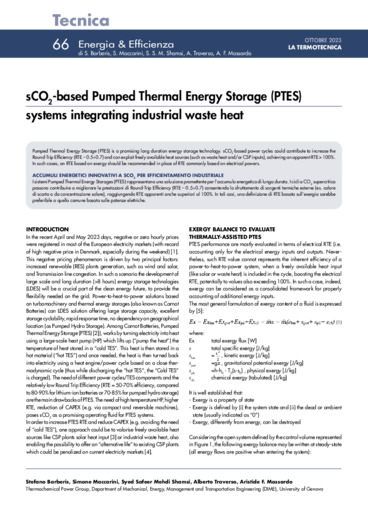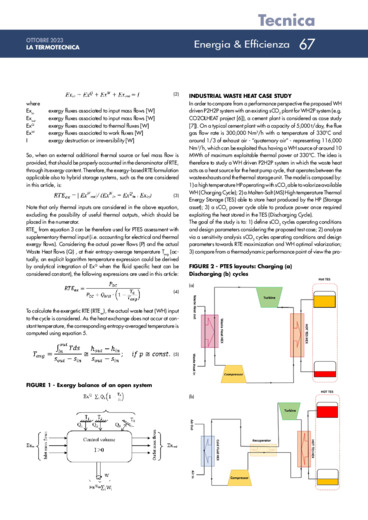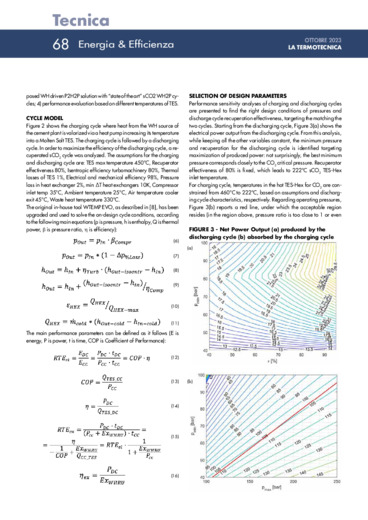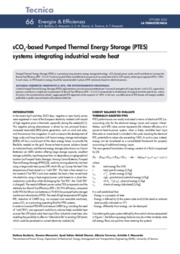Accumuli energetici innovativi a SCO2 per efficientamento industriale
sCO2-based Pumped Thermal Energy Storage (PTES) systems integrating industrial waste heat
DIME, University of Genova
 Segui
Segui(in lingua inglese)
I sistemi Pumped Thermal Energy Storages (PTES) rappresentano una soluzione promettente per l'accumulo energetico di lunga durata.
I cicli a CO2 supercritica possono contribuire a migliorare le prestazioni di Round-Trip Efficiency (RTE - 0.5÷0.7) consentendo lo sfruttamento di sorgenti termiche esterne (es. calore di scarto o da concentrazione solare), raggiungendo RTE apparenti anche superiori al 100%. In tali casi, una definizione di RTE basata sull'exergia sarebbe preferibile a quella comune basata sulle potenze elettriche.
In the recent April and May 2023 days, negative or zero hourly prices were registered in most of the European electricity markets (with record of high negative price in Denmark, especially during the weekend) [1]. This negative pricing phenomenon is driven by two principal factors: increased renewable (RES) plants generation, such as wind and solar, and Transmission line congestion.
In such a scenario the development of large scale and long duration (>8 hours) energy storage technologies (LDES) will be a crucial part of the clean energy future, to provide the flexibility needed on the grid. Power-to-heat-to-power solutions based on turbomachinery and thermal energy storages (also known as Carnot Batteries) can LDES solution offering large storage capacity, excellent storage cyclability, rapid response time, no dependency on geographical location (as Pumped Hydro Storage).
Among Carnot Batteries, Pumped Thermal Energy Storage (PTES) [2]), works by turning electricity into heat using a large-scale heat pump (HP) which lifts up ("pump the heat") the temperature of heat stored in a "cold TES".
This heat is then stored in a hot material ("hot TES") and once needed, the heat is then turned back into electricity using a heat engine/power cycle based on a close thermodynamic cycle (thus while discharging the "hot TES", the "Cold TES" is charged).
The need of different power cycles/TES components and the relatively low Round Trip Efficiency (RTE = 50-70% efficiency, compared to 80-90% for lithium-ion batteries or 70-85% for pumped hydro storage) are the main drawbacks of PTES. The need of high temperature HP, higher RTE, reduction of CAPEX (e.g. via compact and reversible machines), poses sCO2 as a promising operating fluid for PTES systems.
Attached, you can download the full pdf of the article.
In order to increase PTES RTE and reduce CAPEX (e.g. avoiding the need of "cold TES"), one approach could be to valorise freely available heat sources like CSP plants solar heat input [3] or industrial waste heat, also enabling the possibility to offer an "alternative life" to existing CSP plants which could be penalized on current electricity markets [4].
Settori: , ,
Parole chiave: , , ,












